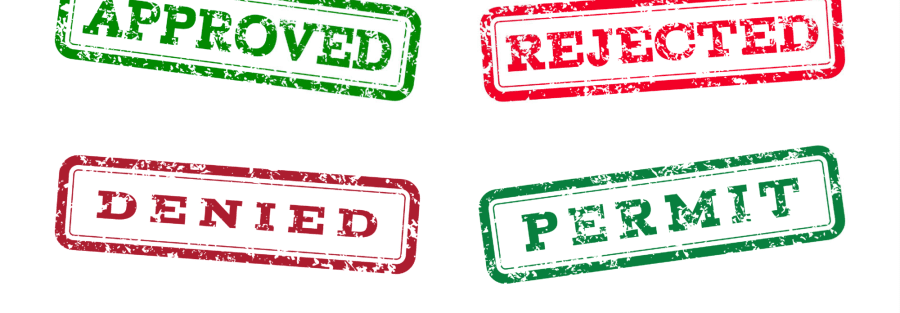The first and most important step is to carefully review the rejection letter issued by the Department of Home Affairs. This letter outlines why your visa application was denied. Common reasons include:
- Insufficient documentation.
- Failure to meet financial requirements.
- Incorrect or incomplete application forms.
- Failing to meet health or character requirements.
- Providing false or misleading information.
Understanding the exact reason will help you determine the best course of action.
Visa regulations can be complex, and it’s beneficial to consult a Registered Migration Agent (RMA) or immigration lawyer. They can:
- Assess your case thoroughly.
- Provide clarity on why your application was refused.
- Advise whether you should reapply, appeal, or explore alternative visa options.
If you believe the decision was incorrect or unfair, you may have the option to appeal to the Administrative Appeals Tribunal (AAT). Here are some key points to consider:
- Verify if your visa type is eligible for an appeal.
- Understand the time frame for lodging an appeal (usually 21 days from the date of the decision).
- Be prepared to pay an application fee for the AAT review.
An appeal can only succeed if you can demonstrate that the rejection was based on a misunderstanding or error by the Department.
If you choose to reapply instead of appealing, ensure that you address the reasons for the initial rejection. Here’s how:
- Documentation: Gather and provide all the necessary documents that were missing or deemed insufficient.
- Financial Evidence: Ensure you meet the financial criteria by providing detailed proof of funds.
- Accuracy: Double-check every detail in your application for errors or inconsistencies.
If your original visa application cannot be approved or appealed, you might want to explore other visa categories that align better with your qualifications and circumstances. For example:
- If your work visa was rejected, consider a student visa to pursue further education.
- If your skilled visa was refused, research other pathways, such as employer-sponsored visas.
Visa rejection can be a learning opportunity. Reflect on the process and ensure you take proactive steps to avoid the same mistakes in future applications. Keep these tips in mind:
- Stay updated on Australia’s visa policies.
- Always submit complete and accurate information.
- Work with experienced professionals to strengthen your application.




